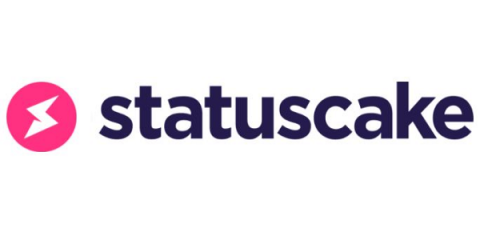The Most Expensive Website Downtime Periods in History
An extended period of website downtime is the stuff of nightmares for companies large and small. For a company such as Amazon, even one single minute of downtime can cost as much as $220,318.80 according to the latest calculations. For smaller companies, that figure will be minuscule in comparison, but it’s a number which can quickly snowball the longer your website is offline.






